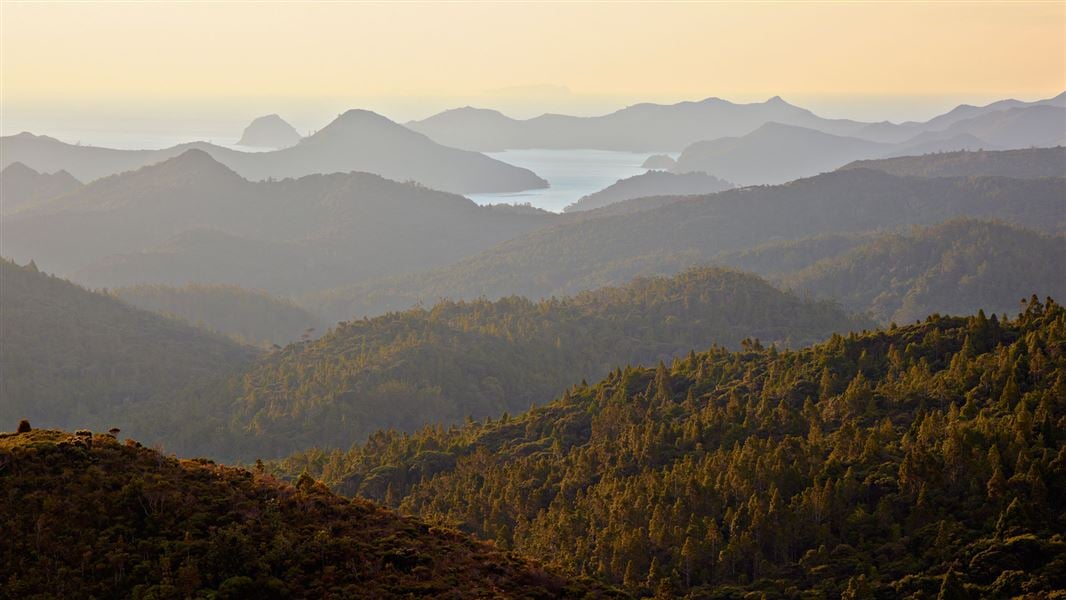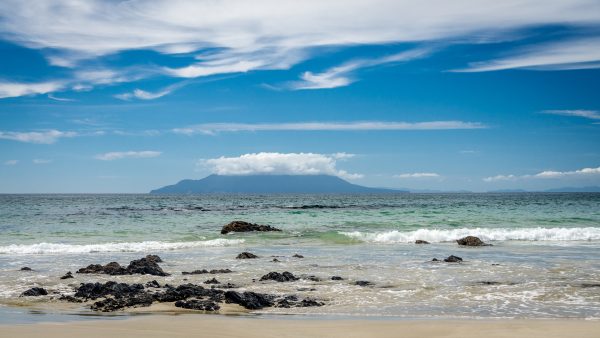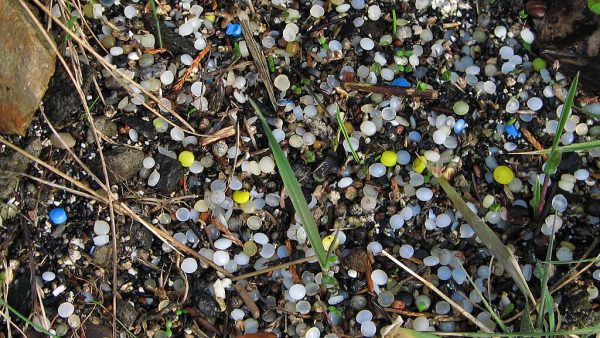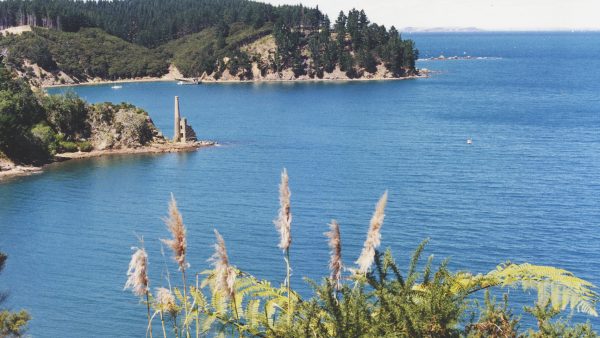The Department of Conservation has denied that any 1080 drop is currently planned or scheduled for Aotea / Great Barrier Island, following weeks of widespread speculation among residents and conservation stakeholders.
In a written response to AoteaGBI.news, DOC Aotea Operations Manager Fletcher Beazley said there had been “some brief initial discussions about the potential return of some taonga species to Aotea” and noted that such reintroductions would likely require predator control. However, he added, “we have not yet explored in detail what further predator control would be needed to achieve this.”
Did you know?
New Zealand leads the way on effective poison-free AI traps like Goodnature — high-tech devices that kill pests humanely, reset automatically, and report kills remotely. They cost more upfront, but reduce the need for manual labour. For some, that’s innovation. For others, it’s lost local work.
When asked directly whether a 1080 drop was scheduled or under consideration, Beazley replied, “No, there is nothing scheduled. We are considering all pest control options.”
He stated there were “no plans or maps” relating to 1080, and “no scheduled drop,” though he confirmed that conversations with the community on pest control in general were ongoing.
DOC’s initial reply to AoteaGBI.news referred the publication to a generic website page on pesticide use. Following that, the Minister of Conservation, Tama Potaka, was contacted to seek a clear response.
The clarification comes at a time of growing pressure nationwide to accelerate predator control under the government’s Predator Free 2050 programme. In February, DOC announced a $137 million partnership with international conservation groups aiming to eradicate pests on Rakiura / Stewart Island, the Chatham Islands, and the subantarctic Auckland Islands. The project represents the most ambitious predator eradication plan in New Zealand’s history and has attracted support from international donors, private foundations, and the New Zealand government.
Did you know?
A study on Wake Island in the Pacific found residues of brodifacoum — the very poison used by DoC on Rakitu — still present in fish three years after a rat eradication drop. Consuming fish contaminated with brodifacoum can be harmful to humans, potentially leading to symptoms such as nosebleeds, gum bleeding, and internal bleeding because it interferes with blood clotting.
DOC Director-General Penny Nelson said the initiative would help restore “precious remnants of a prehistoric world” and ensure that native species “become safe havens” once more.
On Aotea, pest control on public land has more recently been managed under the Tū Mai Taonga programme, a Labour-era Jobs for Nature initiative designed to fund iwi-led conservation work, using leftover COVID-19 relief funding. While DOC retains legal responsibility for the conservation estate, Tū Mai Taonga has operated as a key delivery partner. Beazley said DOC had previously focused on non-toxic measures, including A24 self-resetting traps to protect endangered species like the tākoketai (black petrel) at Hirakimata.
However, recent community outreach to AoteaGBI.news has centred on the potential return of 1080 — a pest control poison some appear to oppose.
Sodium fluoroacetate, commonly known as 1080, is a highly toxic chemical that disrupts energy production in cells. It causes a slow and often distressing death in mammals, including convulsions, internal bleeding, and respiratory failure. It is typically spread by air in bait pellets dropped across remote areas, allowing access to terrain too rugged for ground-based control. While birds and insects are more resistant, dogs, livestock, deer, and cats can die if exposed.
DOC and Predator Free 2050 advocates say 1080 is the only viable tool currently available to control pests at scale in inaccessible landscapes. But opponents, particularly in rural and some Māori communities, see it as a blunt and cruel instrument that poses ongoing risks to wildlife, waterways, and cultural relationships with the land.
The 2018 poisoning of nearby Rakitū Island used brodifacoum, a highly toxic, slow-acting poison that persists in the environment and kills through secondary poisoning. Despite DOC assurances, the operation triggered backlash from Aotea residents and deepened mistrust. Brodifacoum is only used on uninhabited islands—its extreme toxicity and environmental persistence make it unsuitable for a populated island like Great Barrier.
1080 is banned for general use in the United States, the United Kingdom, and the European Union, and is either banned or heavily restricted in countries such as China, Canada, and India.
While DOC has now confirmed that no 1080 operation is planned or scheduled, Beazley’s statement that “all pest control options” remain on the table has left the door open to future use of toxins should predator eradication ambitions escalate.
Any future use of 1080 on public land would require regulatory sign-off, formal notification, and public consultation, including engagement with mana whenua, the Aotea community, and stakeholders.







